Marisa Wojcik:
Welcome to Noon Wednesday. I’m Marisa Wojcik, a multimedia journalist with Here & Now on Wisconsin Public Television. As you can tell, it’s not Wednesday, it’s Tuesday, but Wisconsin has been declared a state of emergency because of extreme cold and winter conditions that are coming down the pike this next week, and so far, a lot of schools have been closed. The UW-Madison campus has just announced that it will close for the next couple of days, lots of things shutting down, but lots of things still operating, and so here to tell us a little bit about some precautions that you need to take is Andrew Beckett. He’s the public information officer from Wisconsin Emergency Management, and thanks so much for being here.
Andrew Beckett:
No problem, happy to be here.
Marisa Wojcik:
What is the state of emergency that Wisconsin is under specifically?
Andrew Beckett:
A state of emergency is a step that the governor takes when there is a threat to public safety. It is a necessary measure sometimes in order to speed up the process of getting resources out to local communities when they request assistance when dealing with some sort of weather emergency, or maybe some other type of disaster. Basically, a state of emergency just speeds up the process of getting that help out there, but it also helps to inform the public that there is a serious situation that they need to aware of in order to help protect themselves, and that they need to take steps in order to make sure that they remain safe. In the case of a winter weather emergency like this, we want to make sure people are doing all that they can in order to make sure that they’re staying warm and safe over the next few days.
Marisa Wojcik:
You were telling me that you have been briefed by people from the National Weather Service. What is the latest that you’ve heard?
Andrew Beckett:
The National Weather Service is still forecasting that we’re going to see extreme cold air and wind chill temperatures here in the next few days. Going to see negative wind chills that could exceed negative 40, negative 50 in portions of the state, air temperatures that could be in the negative 20s quite easily, especially on Wednesday and Thursday before eventually warming up Friday afternoon and into the weekend.
Marisa Wojcik:
And what are you trying mostly to tell people in regards to these conditions. Obviously, even just direct exposure is an issue, but what specifically should people keep in mind over the next few days?
Andrew Beckett:
Our biggest concern is individuals who find themselves either caught outside or that work outside. We want to make sure that if individuals need to be outside for some reason, that they are taking steps to protect themselves from the potential for frostbite, hypothermia, other cold-weather related illnesses that could easily set in. Obviously, you want to make sure that you’re bundling up, you’re wearing layers of clothing that are loose fitting, and that are warm and providing an insulating layer, as well as minimizing the amount of exposed skin that you have, making sure that if you can just limit it to your eyes so that you can see where you’re going, that will help prevent the wind especially from getting down to the skin layer and causing the potential for frostbite.
Marisa Wojcik:
Is there a certain timeframe that you would know that you can recommend that people don’t stay outside, or do you just blanket say try to not go outside.
Andrew Beckett:
I would blanket say try not to go outside, but the lowest temperatures are going to be during the nighttime, early morning hours, so those will be when the danger is probably the greatest, but even during daylight hours, you can potentially face illness or other medical conditions as a result of exposure to the cold. Basically is we enter the overnight hours tonight, and as we go through Wednesday and Thursday and into Friday morning, pretty much anything in that timeframe, there is a potential for danger.
Marisa Wojcik:
What are some other things that are impacted by the cold that may not be quite as straightforward as don’t directly go outside for long periods of time?
Andrew Beckett:
People in their homes. Homes are usually pretty well protected from the cold, but when we get to extreme cold like this, we do get concerned about the potential for furnaces giving out, or pipes freezing up, so there’s a lot of things that people can do around the home in order to make sure that they’re staying safe. Check that exterior water valves are turned off so that any faucets you might have on the outside of your house don’t have a water supply going to them. Make sure that any pipes that are near exterior walls are also well insulated, or if they’re in a basement area that’s not heated, that they’re insulated there as well. In addition to that, check your furnace. Make sure it has a clean filter in there which can affect its operation, and also make sure that your carbon monoxide detectors are working. Check the batteries, maybe replace them. Test the device itself because when furnaces work overtime, there’s a greater potential that something could go wrong. You want to make sure that that carbon monoxide detector is working so that if there is a malfunction, you’re alerted quickly, and you can get yourself and your family to safety. In addition to that, you want to make sure that if your furnace does give out, and you’re having trouble staying warm at home, you have a safe place to go. Avoid the temptation to use an alternative heating source, a furnace, a grill, a propane heater inside your home because in those unventilated spaces, those can also generate dangerous carbon monoxide, and have very negative, potentially deadly health effects.
Marisa Wojcik:
If I’m driving on the side of the road, or if I’m in my home, and I’m cold and can’t find warmth, do I call Wisconsin Emergency Management? Do I call 911? Is there a protocol?
Andrew Beckett:
Really what you should check with is local resources that are available to you, whether that be in certain parts of the state 211, or your county emergency management agency, or your county public health department. Check for local resources that might be available through local outlets that have that information. So you might look on the county website. You could look on your local health department’s website. You may look at local shelters that you know about that are offered through churches, whether they have any sort of extended or expanded capacity. In addition to that, you may just check… Basically, those are the best resources, yes.
Marisa Wojcik:
You work with a lot of different state agencies as well as people on the county level. So what does that coordination of resources look like? How does that work?
Andrew Beckett:
Basically what we do is we communicate and share information so that we are maintaining awareness of what’s going on in the state. When we act is usually when local partners, local governments at the county level, even the local level, make a request for assistance because they have a need that they cannot meet on their own, or they’ve exceeded the capacities that they have in place, and if there’s something that the state has available, or the state can find to make it available, then we go about the process of trying to make sure that that request is met.
Marisa Wojcik:
This is going to last for a few days. In the grand scheme of things, is that something people should panic about, or is it pretty short lived, and as long as you have a safe place to go for a few days, it’ll ride itself out?
Andrew Beckett:
For the time being, this looks like the system will move out of the state by this weekend. It’s still going to be cold. It is winter in Wisconsin, but for the time being, people really shouldn’t panic. They just need to make sure that they’re doing what they can to stay safe over the next few days, and once we get into a little bit warmer temperatures, still in the 30s for Wisconsin, it’s still going to be cold, but once we get into a little warmer temperatures, the significant danger will have passed. But, of course, in winter months, there’s always concerns about the cold, and people need to be taking steps in order to make sure they’re protected.
Marisa Wojcik:
Are certain parts of the state more vulnerable than others? Is the northern part going to be colder, or is it harder being in more rural areas? How does the different landscape of Wisconsin change?
Andrew Beckett:
Really, the threat exists entirely across the state right now, and we are concerned about all 72 counties of Wisconsin, and what they’ll be doing in the days ahead. So really, it’s hard to say any particular area might be impacted more than others because there’s a lot of concerns that can happen on the local level that could impact a person’s ability to access safe shelter. So, really, we just want to encourage people, if they don’t believe they’re able to stay safe, reach out to local resources, see what’s available so that they can find a place to safely seek shelter in the next few days.
Marisa Wojcik:
And communicating with county officials and different agencies, what have you been hearing so far as we’re starting to head into this really cold stretch?
Andrew Beckett:
For the most part, counties have been doing their job just fine. They are seeing their communities able to make sure that resources are available. With the snow that recently came through, there was a lot of snow in several areas, but those crews were able to effectively tackle that, and in many places, get the snow cleared out. We still see some slippery conditions in the state just simply because of the cold. It makes it difficult to remove snow pack and use things like salt to melt when the temperatures get this low, so drivers do still need to be cautious. Check the state’s 511, WI.Gov website before they head out which lists conditions on major roads throughout the state.
Marisa Wojcik:
If I’m heading into the next few days, what is the one thing that you really want people to think about and know?
Andrew Beckett:
If you can limit your time outdoors, or need to travel, do so. If you must travel, make sure that you have an emergency kit in your vehicle. That’s things to help you keep warm like blankets, hand warmers, a means of communication, so make sure you have a cell phone charger that works, and that your cell phone is charged before you head out. Some snacks while you wait for help to arrive as well as water in order to make sure that you stay hydrated because depending on where you are, it may take a little bit of time for somebody to get to you. And make sure that you know what road conditions look like along your entire route before you head out so that, if you see a potential problem up ahead, you can change your travel plans if needed.
Marisa Wojcik:
Now this statewide emergency that’s been declared, does that mandate that I stay inside? Does that mandate that I not go to work? Does that mandate that certain things have to be closed?
Andrew Beckett:
No, everybody in the state is still free to make their own decisions. That may affect the ability or the decision-making process at the local level in order to close certain services, but overall, people are still free to do what they need to do in order to get by in their life.
Marisa Wojcik:
Andrew, thank you so much for sharing this information with us.
Andrew Beckett:
No problem, happy to be here.
Marisa Wojcik:
For more from Here & Now, and Wisconsin Public Television, visit WPT.org, and because of these severe conditions, we will not be joining you tomorrow on the real Noon Wednesday, but we will back next week, and thank you so much for joining us on Noon Wednesday.
Search Episodes

Donate to sign up. Activate and sign in to Passport. It's that easy to help PBS Wisconsin serve your community through media that educates, inspires, and entertains.
Make your membership gift today
Only for new users: Activate Passport using your code or email address
Already a member?
Look up my account
Need some help? Go to FAQ or visit PBS Passport Help
Need help accessing PBS Wisconsin anywhere?

Online Access | Platform & Device Access | Cable or Satellite Access | Over-The-Air Access
Visit Access Guide
Need help accessing PBS Wisconsin anywhere?

Visit Our
Live TV Access Guide
Online AccessPlatform & Device Access
Cable or Satellite Access
Over-The-Air Access
Visit Access Guide
 Passport
Passport


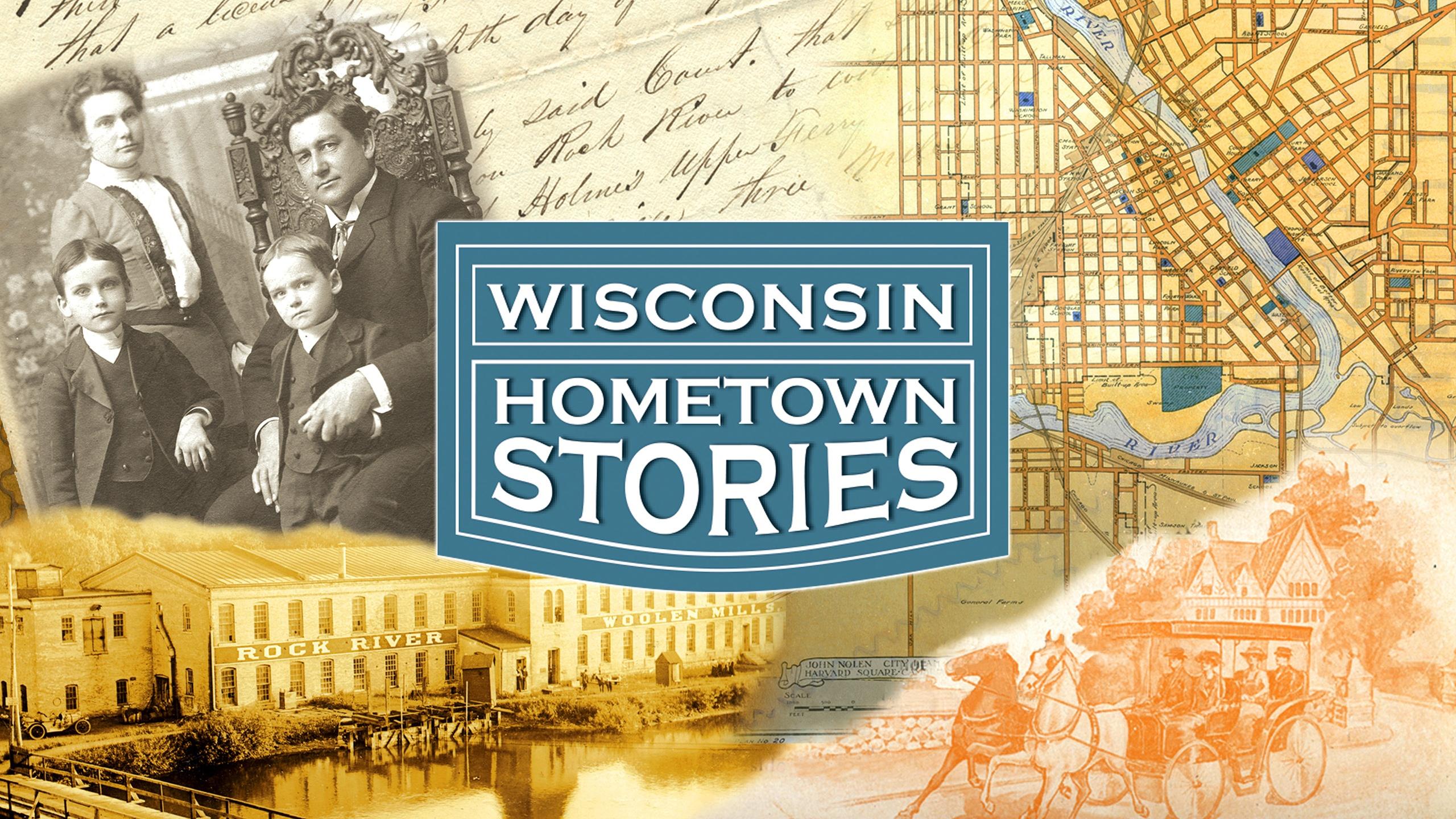


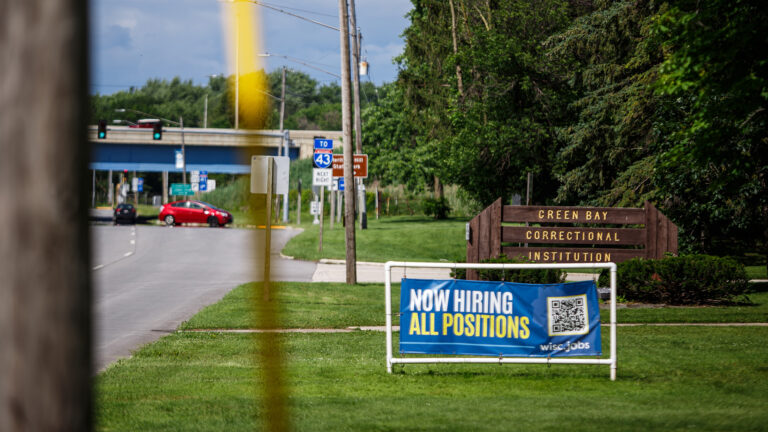
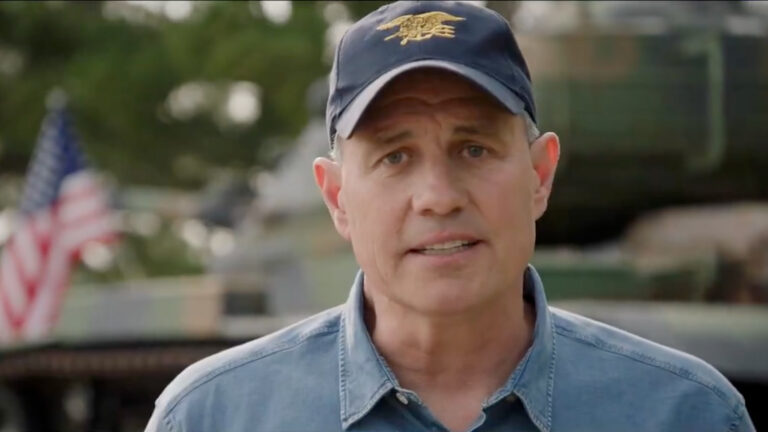
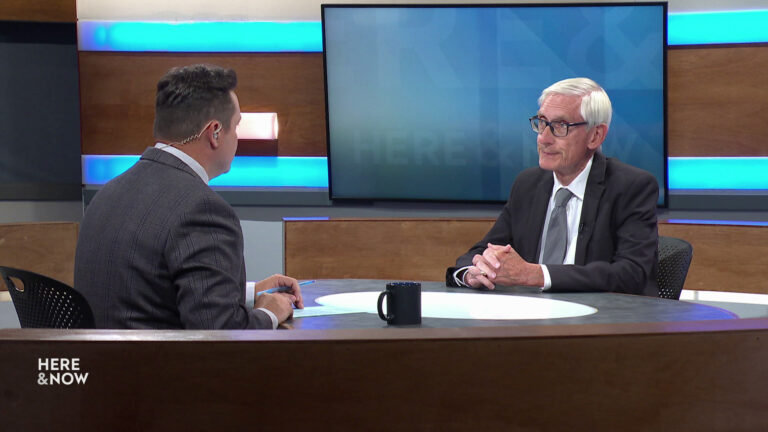
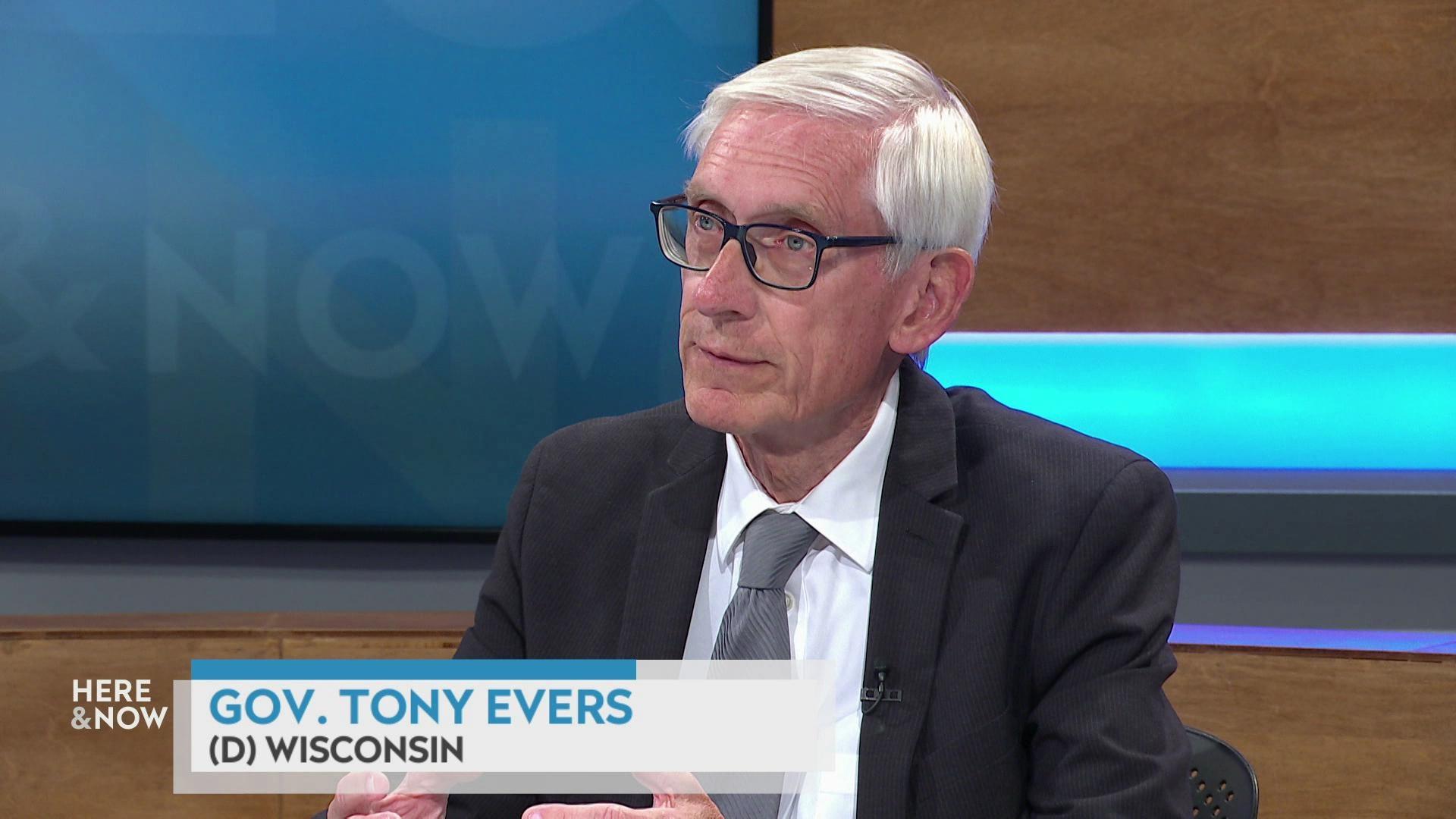
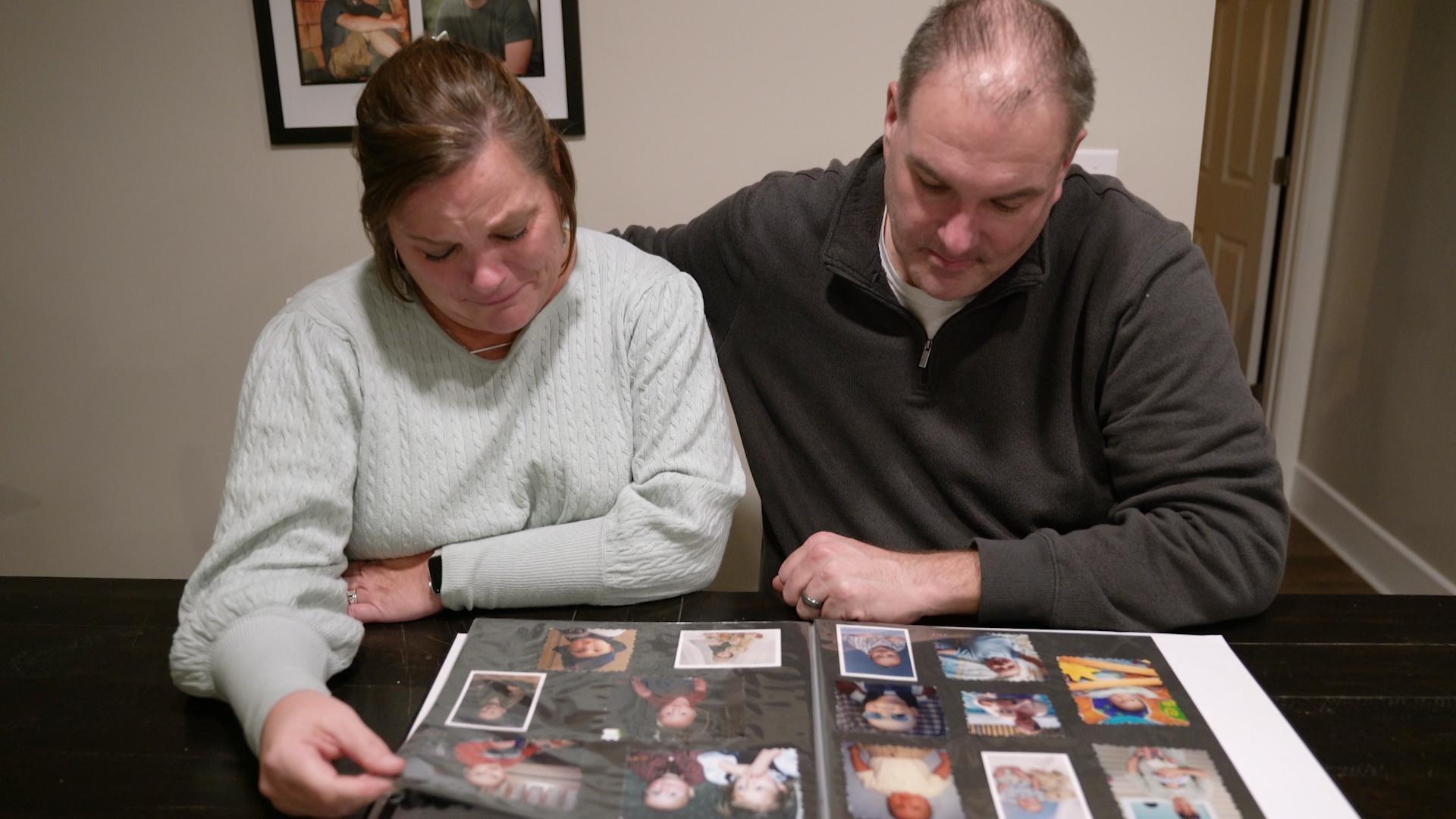
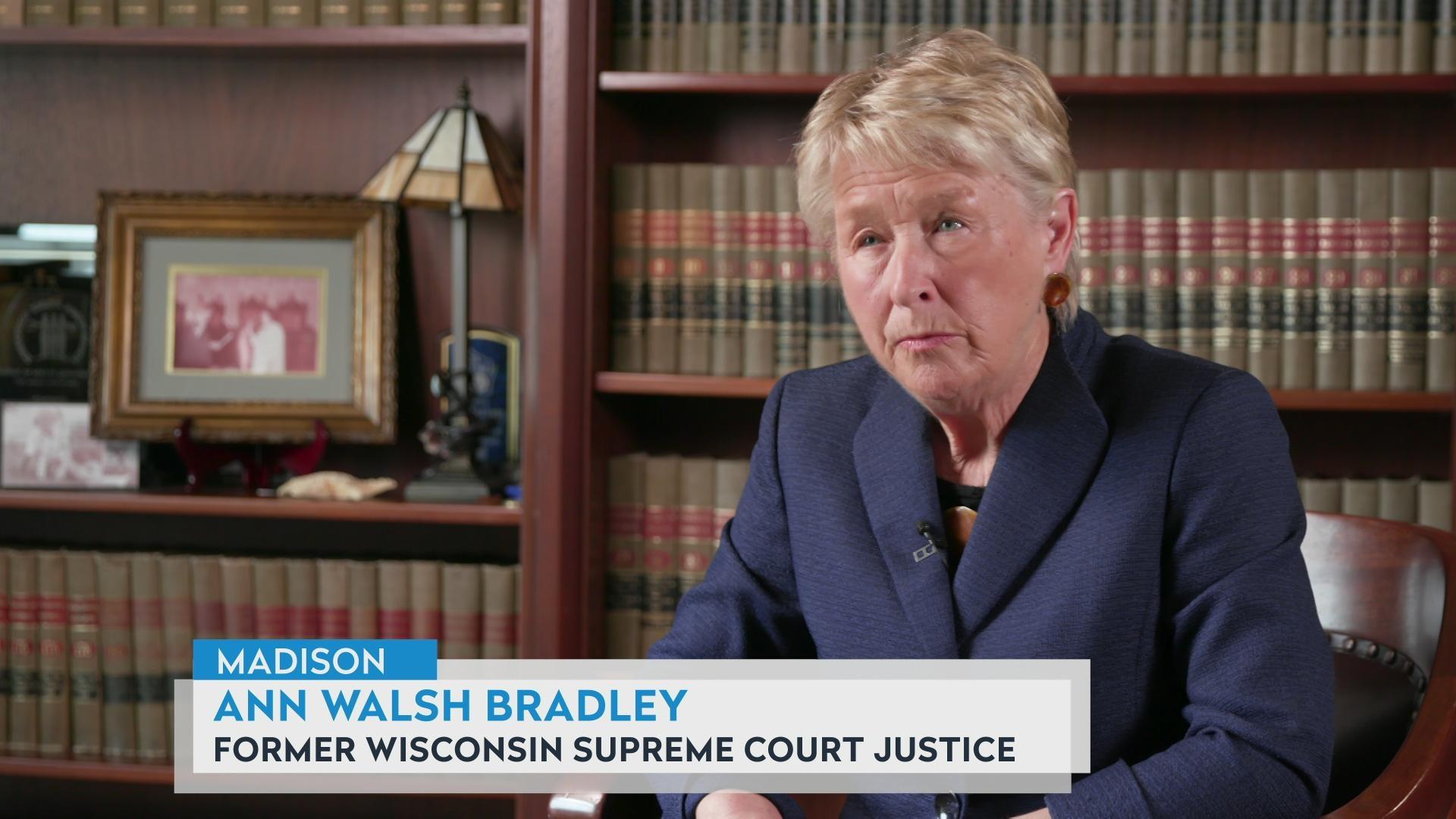
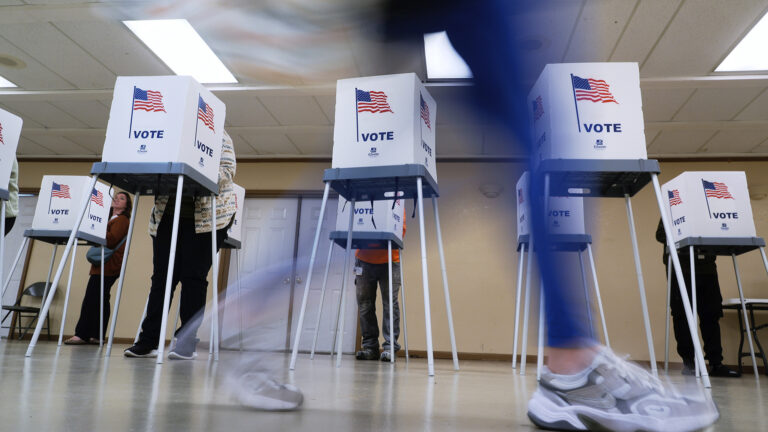
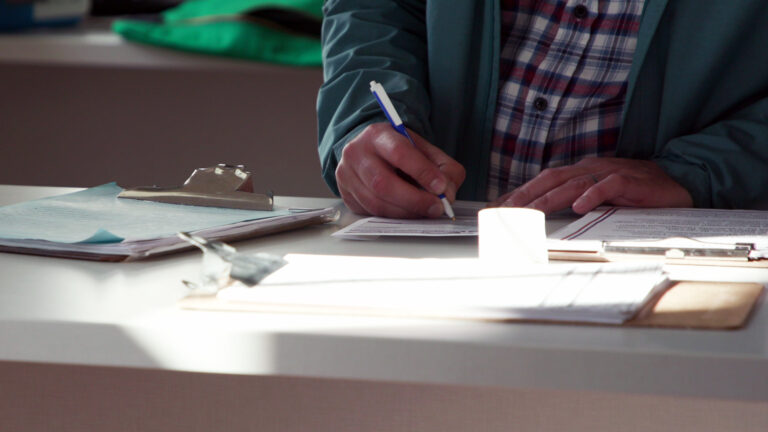
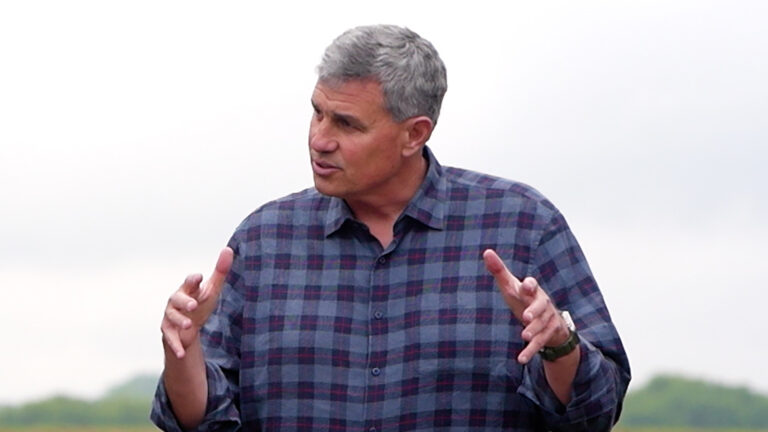
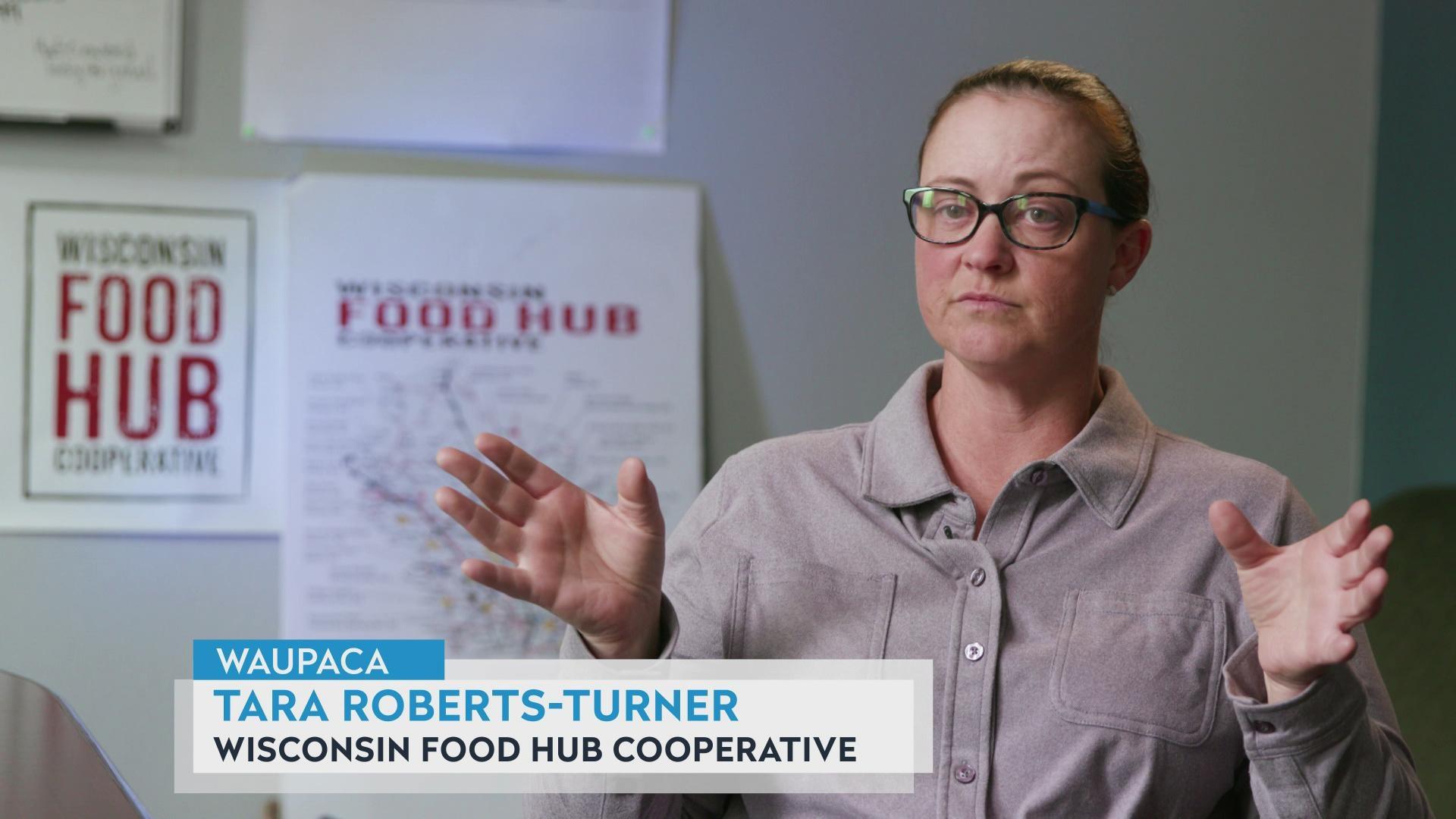
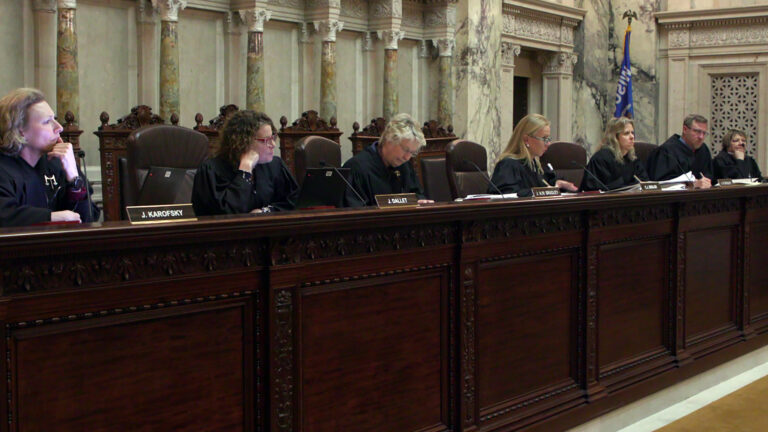
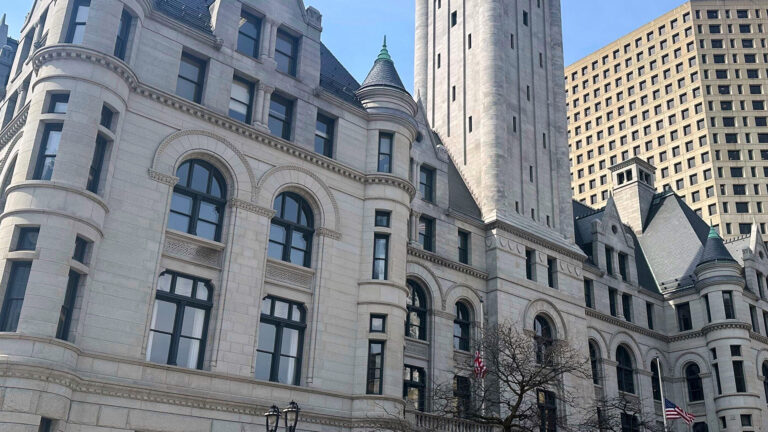

Follow Us